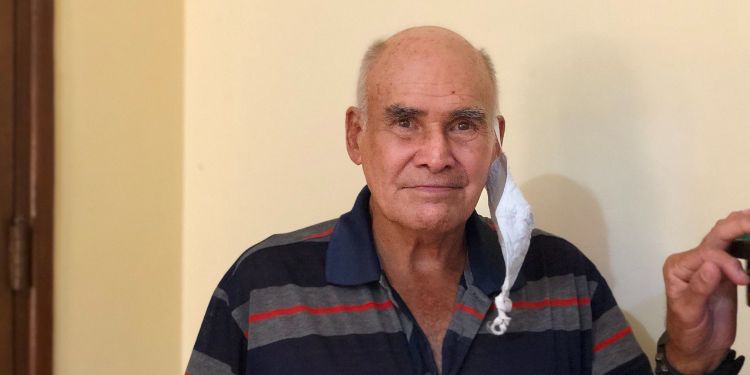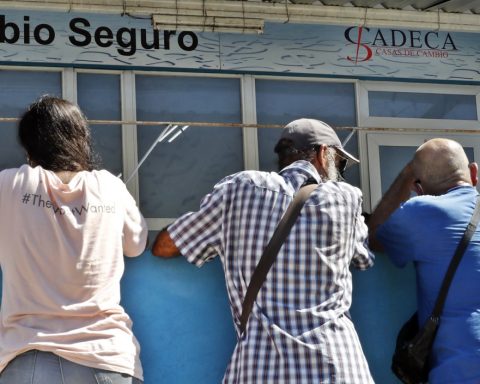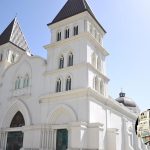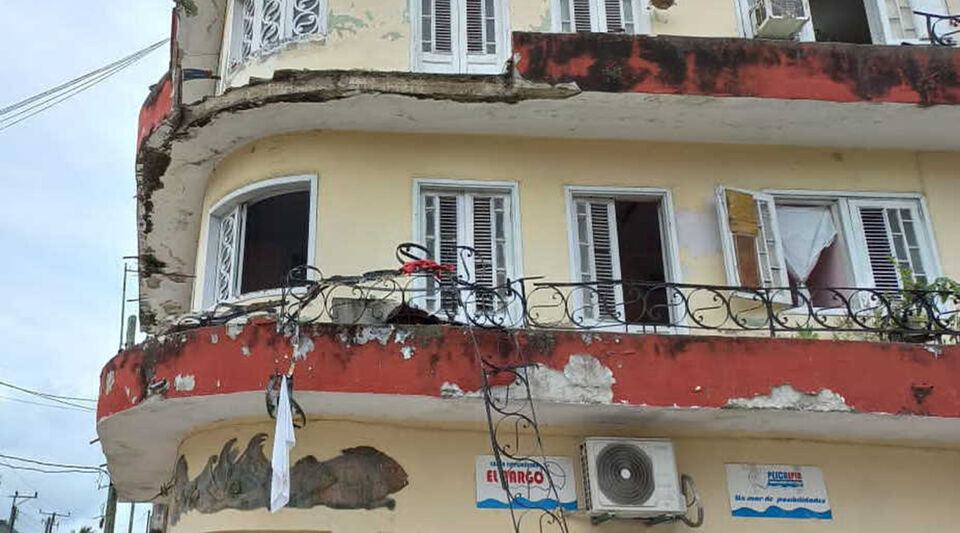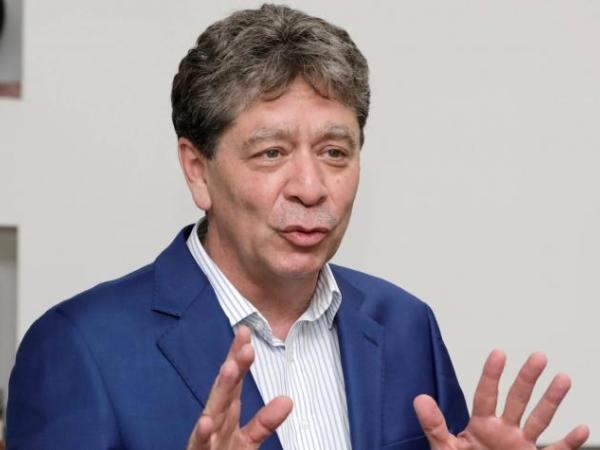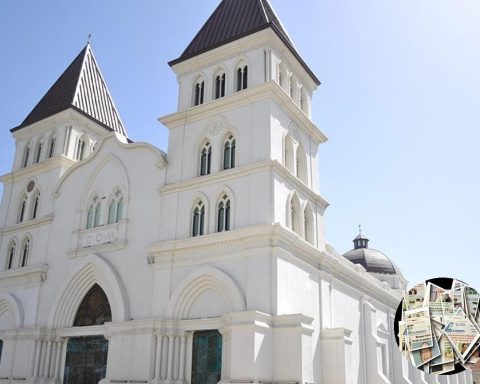Havana Cuba. – Although he acknowledges that all opponents from 1959 onwards have written history against the Cuban tyranny, Tomás Ramos Rodríguez, a former political prisoner known as El Tigre, considers that it is the young people of today who are going to decide the freedom and future of Cuba. Cuba.
As a result of the events of July 11, 2021 (J11)when thousands of Cubans took to the streets throughout the country asking for freedom, maintains that many young people “with tremendous courage and tremendous dignity” have emerged.
“I take my hat off to those guys, because no one subsidized them, no one sent them, they received no help, it was a spontaneous act. They wrote history,” he states.
For El Tigre, those arrested for 11J “do not deserve to be condemned for asking for the freedom of their country, for wanting to live better, for not wanting to no longer suffer hunger or misery.”
Despite the fact that he does not deny anything he has done in his life in order to end the dictatorship and free Cuba, El Tigre assures that he has already renounced the armed struggle and agreed to work peacefully.
Jails, death sentences, landings…
Tomás Ramos Rodríguez was sent to the Isla de Pinos prison, today Isla de la Juventud, on February 24, 1962, when he was only 17 years old.
Before 1959 he collaborated with the July 26 Movement. However, after the triumph of the Revolution he “turned” against the incipient regime, for which he was arrested in December 1961 and prosecuted for attempted uprising.
“I had started working for the White Rose; I belonged to the Revolutionary Recovery Movement (MRR) and the National Liberation Army, and I was a messenger for Julio Emilio Carretero”, he recalls.
Ramos Rodríguez was nicknamed El Tigre in the Isla de Pinos prison for being outspoken against the guards.
“I was first in circular three, which was for the military, but I didn’t feel good there (…). From there they took me out, they took me to the punishment cell, they beat me and took off my clothes. I was in the cell for 45 days and when I got out I ended up in circular one.”
In the Isla de Pinos prison, the five buildings where the inmates were housed were round. There were four to house the prisoners and one that served as a dining room.
In circular one, cell 21 on the second floor, El Tigre lived for five years with Pedro Luis Boitel Abrahamactivist and former political prisoner who fought against the Batista dictatorship first and then against that of Castro, and who died on May 25, 1972 during a hunger strike in El Príncipe prison.
On Isla de Pinos, El Tigre remained until 1967, the year in which the prison was definitively closed. Then they transferred him to La Cabaña, where he remained until he was released in 1970.
Former political prisoner Ángel de Fana, who coincided with El Tigre in the Isla de Pinos prison, remembers him at that time as “a brave, talkative, active young man, a good companion, always restless and boisterous.”
“We also spent some time together at La Cabaña. When I arrived in Miami in 1984, I hardly saw El Tigre. As far as I know, he was associated with other exiles who were preparing to go to Cuba to join the struggle in the interior of the Island,” recalls the leader of Planted to Liberty and Democracy in Cuba.
back to jail
In 1980, El Tigre returned to prison, this time to the Combinado del Este prison to serve a three-year sentence for having entered the island illegally.
A few months earlier, he had arrived in the United States as part of the Mariel boatlift. However, shortly after, she decided to return to Cuba. On that occasion he arrived in the Varadero area “to make contact with a dead cell of the MRR in Matanzas”, but was detained by State Security agents after disembarking.
In 1988, an official from the United States Embassy helped him leave the country once again as a political prisoner, but in October 1990 he again returned to Cuba by speedboat and landed in Santa Cruz del Norte, Mayabeque, to “ attack against Fidel Castro, Raúl Castro and Ramiro Valdés”.
“On that occasion I was in different prisons, 1580, Guantánamo, Guanajay and finally Combinado del Este. I was sentenced to 20 years and I served 18 because they were reducing the sentence of political prisoners. On July 14, 2008, I was released.”
El Tigre is 78 years old and spent three decades in prison. On two occasions he was sentenced to death: the first for the Cause of the Escambray (they did not shoot him because he was 17 years old) and the second when he disembarked in a speedboat in Santa Cruz del Norte, according to his account.
“That time I spent three days on death row. I still wonder how I got out,” she says.
From Cuba, El Tigre continues in the fight
In 2008, when he was released, he presented himself at the United States Embassy, where he was informed that he could not enter that country because he was ironically considered a “terrorist.” El Tigre assures that this is not his cause, but “rebellion and other acts against State Security.”
Currently, the former political prisoner lives in Cuba and is a member of the Opposition Movement for a New Republic (MONR), an organization that recently celebrated its 20th anniversary.
According to Ángel de Fana, El Tigre “keeps active collaborating with good compatriots, fighting in defense of human rights.”
Meanwhile, Orlando Gutiérrez-Boronat, secretary general of the Cuban Democratic Directorate, describes him as “an example of the tireless fighter for freedom and the true sovereignty of Cuba.”
He also assures that men and women like him are an example of “the indomitable will of the Cuban people to be free.”
El Tigre, for his part, knows that “tyrannies, both on the left and on the right, are overthrown.” Before ending the dialogue with CubaNetinsists that it is the young people who “will continue to write history, who will decide the freedom and future of Cuba.”
Receive information from CubaNet on your cell phone through WhatsApp. Send us a message with the word “CUBA” on the phone +1 (786) 316-2072, You can also subscribe to our electronic newsletter by giving click here.
